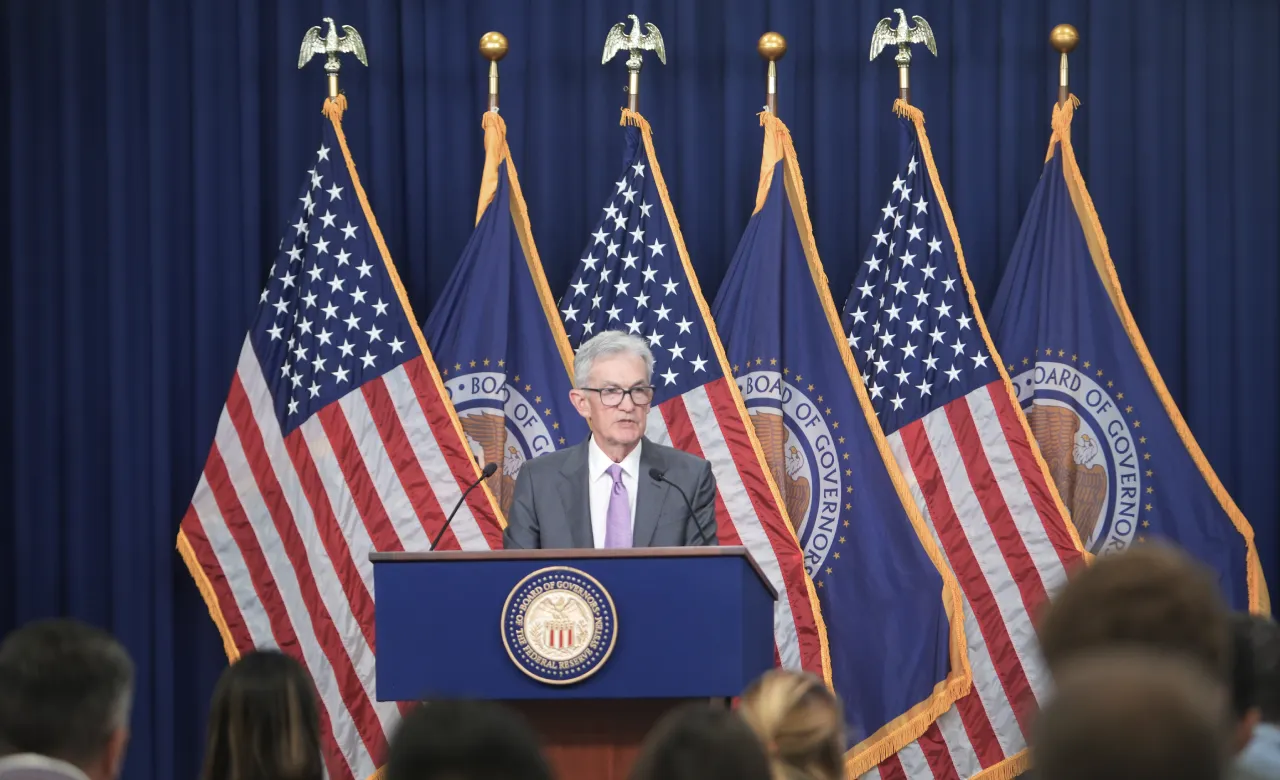Real Interest Rate is a common figure in economics. The investor use the real interest rate to compare which is the good place to invest. But did you know what is the Real Interest Rate? and how the Real Interest Rate calculated from.
What is Real Interest Rate?
Real interest rate is an interest rate after deducted with the inflation rate, the real interest rate shows the actual value of interest rate that the investor will receive from the investment, this will reflect the real purchasing power of the yield (received money) that the investor invested.
Normally. the real interest rate is a tool for investors to compare which is the good place to invest or which is the better asset to invest. In case of similar risk, the investor tends to be invest in the asset that rewards more real interest rate.
Since the real interest rate is computed by cutting the inflation rate out. By all means, the real interest rate will always be less than the nominal interest rate.
For anyone looking for the real interest rates related to mortgage or car loans, this article will not answer that part, because this article is about the real interest rate in economics theory.
Real Interest Rate Calculation
The real interest rate is calculated by the difference between Nominal Interest Rate and Inflation Rate (Actual Inflation Rate or Expected Inflation Rate).
To compute the real interest rate you can calculate the following this method:
Real Interest Rate = Nominal Interest Rate – Inflation (Expected or Actual)
where:
- Nominal interest rate is the interest that you recieved from that investment.
- Expected inflation rate is the rate which consumers, businesses, investors expect, they’re using to making economic decisions.
For example, a government bond returns as a fixed rate 10% per year in the coupon, and the actual inflation rate is 2% this year.
solution:
Real Interest Rate = 10% – 2% = 8%.
From the example above, the real interest rate is 8% which means the actual interest rate (the actual value of money) that the investor really received is 8%. Because the 2% inflation rate cause purchasing value of the investor gone.
Example of Real Interest Rate
However, you not really want to calculate the real interest rate every time. But you can check out the real interest rate of every country on the World Bank website at data.worldbank.org

Real Interest Rate in Action
Normally, the investor uses the real interest rate to compare which is the good place to invest or which is the better asset to invest. The real interest rate is used to compare the returns on investment after deduced the inflation rate.
In case of similar risk in investment, the investor tend to be invest in the asset that rewards more real interest rate.
For example, an investor want to invest in treasury bond in the United State and the United Kingdom. This is how they use the real interest rate to making a decision.
The United State treasury bond yield is returns 10% per year, while the expected inflation rate is 2%.
- The US’s real interest rate = 10% – 2% = 8%.
The United Kingdom treasury bond yield is returns 11% per year, while the expected inflation rate is 5%.
- The UK’s real interest rate = 11% – 5% = 6%.
As you can see, the investor will invest in the US’s treasury bond, even the US has lower bond yield. This is because the United State’s treasury bond had a higher real interest rate.
In other words, even the United Kingdom’s bond yield is higher, but the UK’s inflation rate is higher too (totally higher). Even invest in the United Kingdom’s treasury bond is returns 11% per year, but the inflation will make the actual value of returned money on investment lower by 5%.



